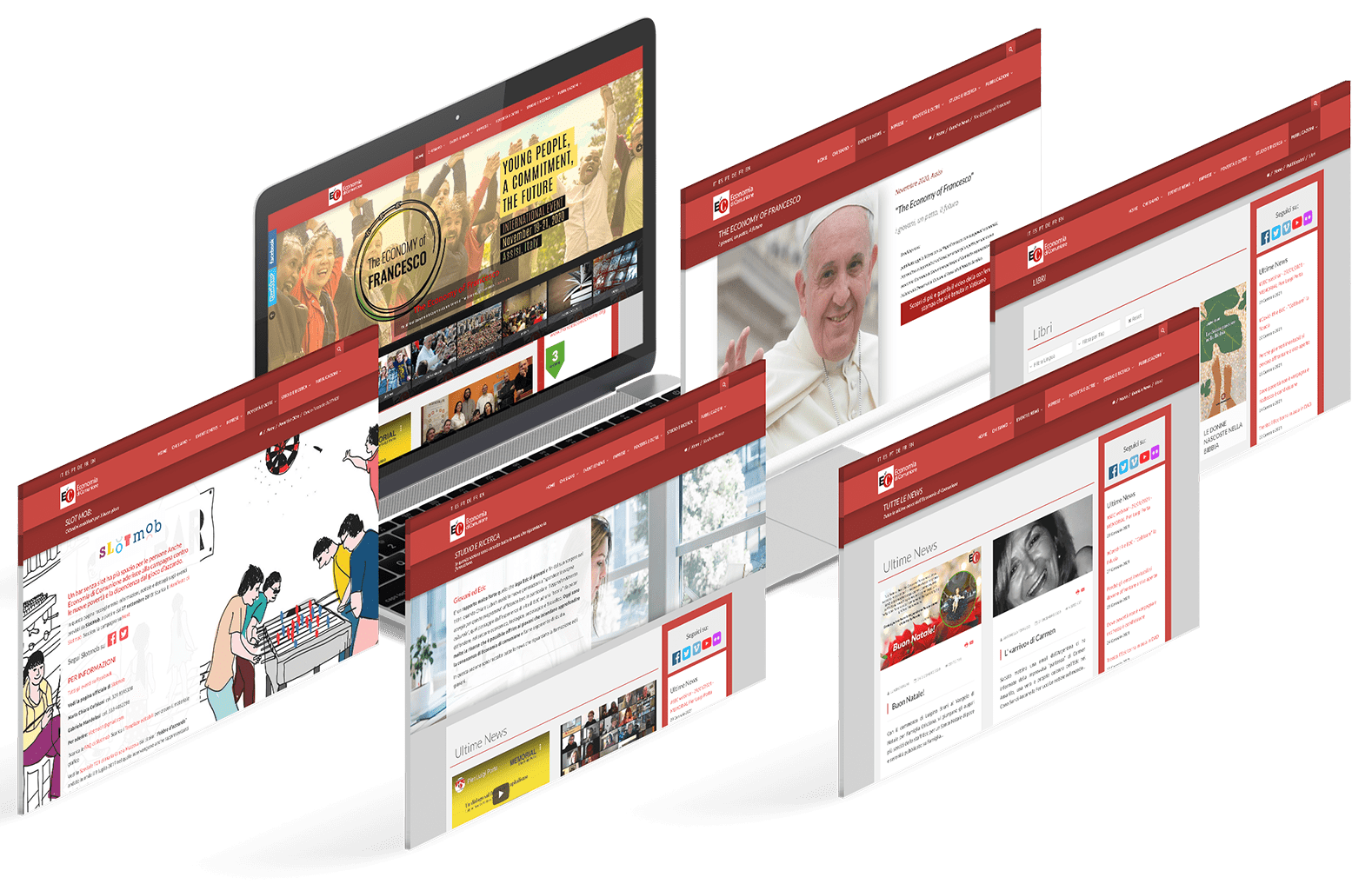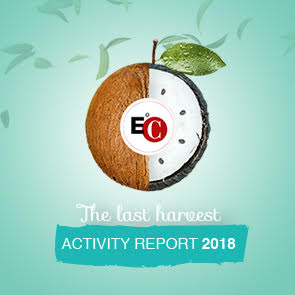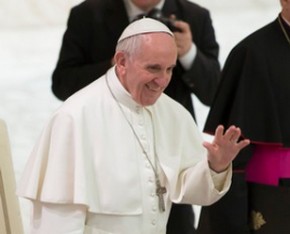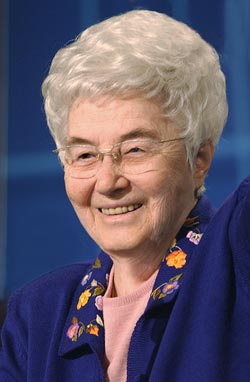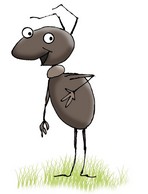The fourth instalment of the column by the Leo Andringa Observatory of Poverty explains the third criterion that characterises the current EoC approach to promoting, implementing and evaluating initiatives to combat poverty, starting from communion.
by the OPLA Team*
Beyond metrics: gamble on a broader view of poverty
The environment around us is not indifferent in shaping our identity, our history and our opportunities and prospects for the future. In order to better capture the multiple nuances that make up the social framework where we are placed, it is necessary to take into account the entire context in which we live. In this sense, the analysis of a person's situation of vulnerability needs, in fact, to consider objective data on their condition, but, at the same time, it is important to take into account some less usual but fundamental elements for overcoming poverty, such as those related to the social context in which each person lives. It is, therefore, a matter of making a multi-dimensional socio-economic analysis. The main aspects we will take into account are: age, state of health and vulnerability situation.
As far as age is concerned, it is considered important to give priority to children and the elderly in accessing support opportunities, due to the fact that these are age groups that tend to be more dependent on others, because they do not yet or no longer have the capacity to support themselves (an aspect that will be explored in more detail in the next instalment).
A similar logic applies to the candidate's state of health. An attempt is made to give priority to people in a situation of chronic illness, i.e. fragile health conditions that are missing a chance of recovery, leaving people with no option but to live with their condition.
‘Vulnerability situation’, on the other hand, refers to two broader aspects: economic condition and psychosocial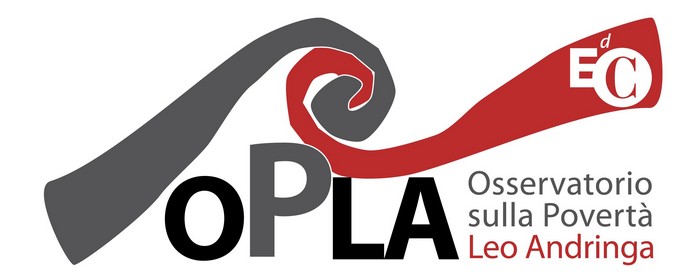 situation and/or relational exclusion. In terms of economic condition, priority is given to people who have no possibility of receiving assistance from the state or other organisations. More and more local solutions are encouraged, not least because this may allow people to become part of a network, which - as illustrated in our preceding article - greatly increases the likelihood of personal flourishing.
situation and/or relational exclusion. In terms of economic condition, priority is given to people who have no possibility of receiving assistance from the state or other organisations. More and more local solutions are encouraged, not least because this may allow people to become part of a network, which - as illustrated in our preceding article - greatly increases the likelihood of personal flourishing.
The psychosocial and exclusion aspect, on the other hand, aims to highlight all the dynamics of relational fragility that a person may experience - such as loneliness, isolation, lack of social recognition or disempowerment - that may happen within the society in which one lives. ATD Quart Monde, a French NGO dealing with the so-called ‘hidden dimensions of poverty’, reaffirms its relevance in the light of research conducted with people in situations of poverty, even identifying a dimension called ‘disempowerment’, which takes into account the suffering of the body, mind and heart, as well as the struggle for life and resistance - situations that are unfortunately more than common in the lives of oppressed, excluded and marginalised people.
By adopting this approach, therefore, the intention is to go beyond the normal metrics of the analysis of situations of poverty, trying to take a broader look and capture a more complete picture of the situation of vulnerability by adding the aspects explained earlier for each criterion. Thus it can be understood that vulnerability goes far beyond the classical economic view of poverty. In this way, the aim is, where possible, to help each participant out more effectively, rather than just offering palliative aid. It is a gamble, a paradigm shift, more in line with a vision of the integral development of the person and with the charisma of communion that inspires us.
Photo credits: Image by Jonas Svidras from Pexels
* The OPLA team: Francesco Tortorella, Germán Jorge, Maria Helena Fonseca Faller, Tainã Santana



